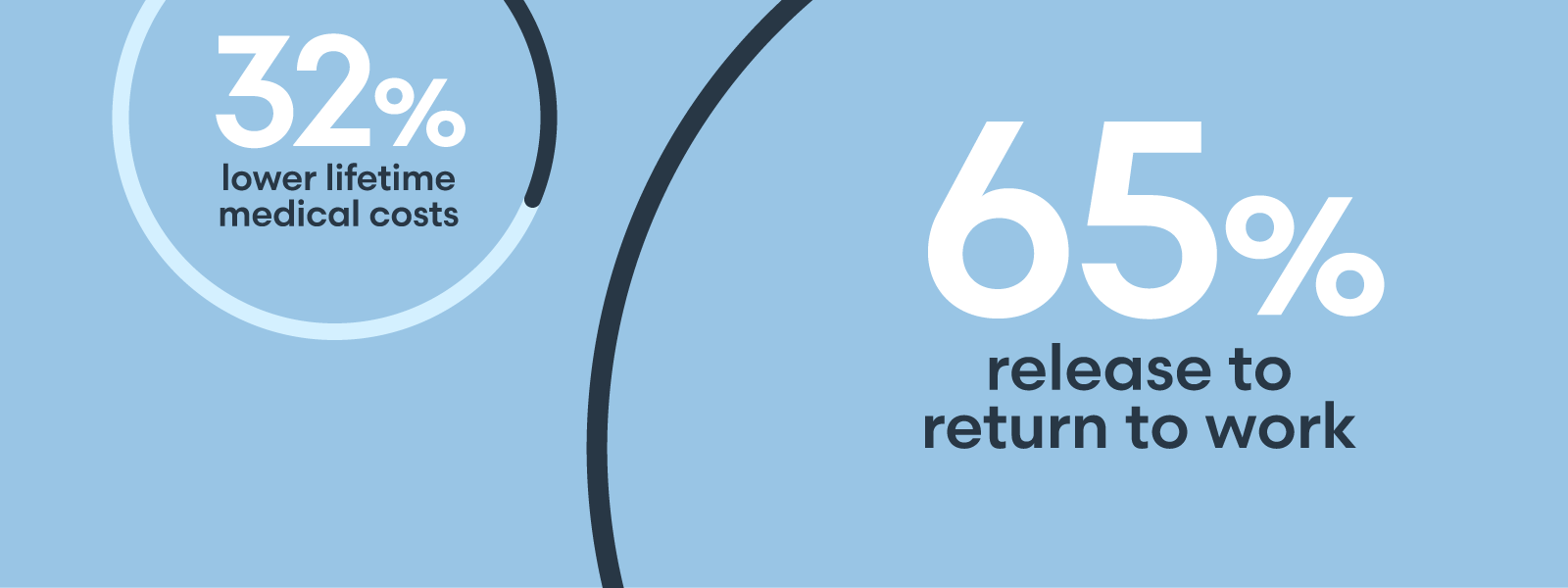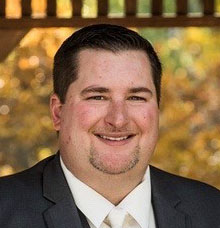

Educational institutions from primary and secondary schools, to colleges and universities, are beset by a broad variety of risks. With traditional liability risks increasing and new ones emerging following the global pandemic, many institutions face a steep learning curve in how to mitigate their risks. Litigation risk arising from the pandemic is not the only concern, however. Across the board, educational institutions are having difficulty finding qualified employees to replace those lost during the Great Resignation. This demographic shift accelerated during the pandemic, leading to early retirements and fewer teachers, nurses, administrators and other staff at primary, secondary and postsecondary schools. For example, in some K-12 districts, office secretaries are dispensing medicines, and school principals are acting as substitute teachers in classrooms. In higher education, some institutions are struggling to retain security personnel and onsite healthcare providers. With workforces, stretched thin, adherence to school risk management and safety procedures can become inconsistent. Munich Re Specialty Insurance has been serving public entities and educational institutions for more than 30 years. Working with strong partners in insurance and risk management — an insurance company with extensive knowledge of educational risks, and an experienced agent or broker — is a smart move for institutions of all sizes. Bob Duffner is Senior Vice President and Public Entity Underwriter, Public Entity Risk Solutions, at Munich Re Specialty Insurance. The Public Entity Risk Solutions team has supported public and non-profit entities, self-insureds and pools for more than 30 years with custom products and services that help manage risk with forward-thinking strategies.
As schools continue to recover from the impact of the pandemic, many are seeing a rise in COVID-19 lawsuits. An initial wave of litigation after many campuses resorted to lockdowns and shifted to remote learning involved claims from students seeking refunds of tuition and fees. While many of those cases have been dismissed, institutions still bear the costs of defending legal actions. Now, more institutions are seeing employment practices liability claims from faculty and staff alleging wrongful termination during the pandemic.Risks on the rise
Other risks that are on the rise for educational institutions include:
Mitigation strategies
With so many different risks, it can be bewildering for risk professionals at educational institutions and their risk advisers to know where to start mitigation efforts. Some of the risk mitigation strategies that institutions should consider are:
For more information on Munich Re Specialty Insurance's Public Entity Risk Solutions, please visit: www.munichre.com.
Lorem ipsum dolor sit amet, consectetur adipisicing elit, sed do eiusmod tempor incididunt ut labore et dolore magna aliqua. Ut enim ad minim veniam, quis nostrud exercitation ullamco laboris nisi ut.
Lorem ipsum dolor sit amet, consectetur adipisicing, sed do eiusmod tempor incididunt ut labore et dolore magna aliqua. Ut enim ad minim veniam, quis nostrud exercitation ullamco laboris nisi ut. Ut ad minim veniam.
Vestibulum ante ipsum primis in faucibus orci luctus etel ultrices posuere cubilia Curae.
Lorem ipsum dolor sit amet, consectetur adipisicing elit, sed do eiusmod tempor incididunt ut labore et dolore magna aliqua. Ut enim ad minim veniam, quis nostrud exercitation ullamco laboris nisi ut.
Sed ut perspiciatis unde omnis iste natus error sit voluptatem!
Nemo enim ipsam voluptatem quia voluptas sit odit aut fugit!
Ut enim ad minima veniam, quis nostrum exercitationem ullam!

"Et harum quidem rerum facilis est et expedita distinctio!"

"Nam libero tempore, cum soluta nobis est eligendi."

"Temporibus autem quibusdam et aut officiis debitis!"